#JPL-CALTECH
Text

Curiosity Views Gediz Vallis !
NASA’s Curiosity Mars rover used its Mastcam to capture this mosaic of Gediz Vallis, the 3,646th Martian day, or sol, of the mission.
In the center of the valley in this image is a pile of boulders and debris that may have been swept there by flowing water billions of years ago.
Credits: NASA/JPL-Caltech/MSSS
#art#cosmos#cosmic#universe#blast#space#wallpaper#photography#mars#gediz vallis#nasa#curiosity#mastcam#mosaic#sol#JPL-caltech#MSSS
22 notes
·
View notes
Text
Insane view of the great Andromeda Galaxy — home to one trillion stars. 🌌
📹: FarLife1 via X
—
The Andromeda Galaxy is a barred spiral galaxy and is the nearest major galaxy to the Milky Way.
It was originally named the Andromeda Nebula and is cataloged as Messier 31, M31, and NGC 224.
Andromeda has a D25 isophotal diameter of about 46.56 kiloparsecs (152,000 light-years) and is approximately 765 kpc (2.5 million light-years) from Earth.
The galaxy's name stems from the area of Earth's sky in which it appears, the constellation of Andromeda, which itself is named after the princess who was the wife of Perseus in Greek mythology.
43 notes
·
View notes
Text
Misterioso anillo de polvo alrededor de Urano descubierto en datos redescubiertos de la Voyager 2
Los científicos han descubierto un nuevo misterio sobre los anillos de Urano enterrados en los datos de la icónica misión Voyager 2 de la NASA.
La Voyager 2 sobrevoló Urano en enero de 1986, descubrió 10 lunas y dos anillos y se convirtió en la primera y hasta ahora única nave espacial en visitar el gigante de hielo. Uno de esos anillos, que los científicos llaman anillo zeta, ha frustrado a los…

View On WordPress
#Actualmente.#Astronaves#Astronomía.#Descubrimientos#JPL-Caltech#Planetas#Sistema solar.#Tecnología espacial
5 notes
·
View notes
Text
The celestial object of the day is Phobos!
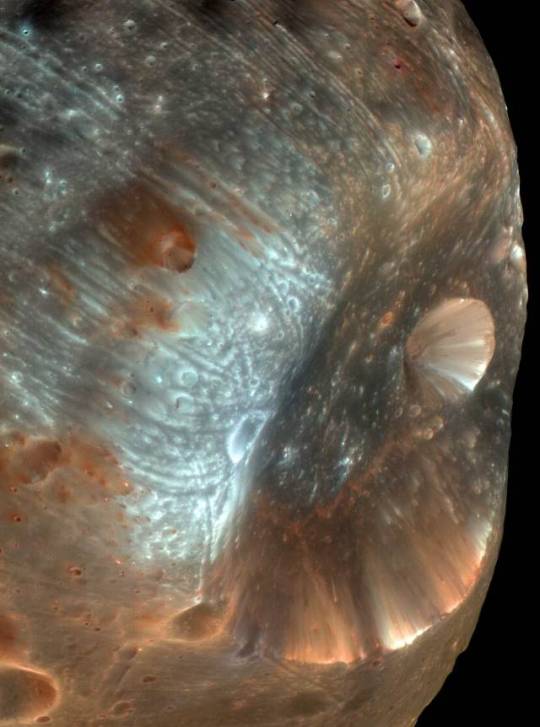

It's Mars's largest moon with 21 km (13 mi), it orbits Mars at only 6,000 km (3,700 mi) and it gets closer by 1.8 meters every year, at that rate is expected to collide with Mars or form a planetary ring in about 30-50 million years!
#image credit: NASA/JPL-Caltech/University of Arizona#The first picture is a photo of the Stickney crater#And is named after Chloe Angeline Stickney Hall who helped discover both Martian moons!#She was so cool kinda sad that her work wasn't properly paid only because she was a woman :(#sorry for the rant#I just really like astronomy history#Ok now to the actual tags#astrophotography#astronomy#nasa photos#nasa#space photography#outer space#space exploration#space#celestial object of the day#mars#phobos#moons
129 notes
·
View notes
Text

Soul Nebula
(Image credit: NASA/JPL-Caltech/UCLA)
78 notes
·
View notes
Text
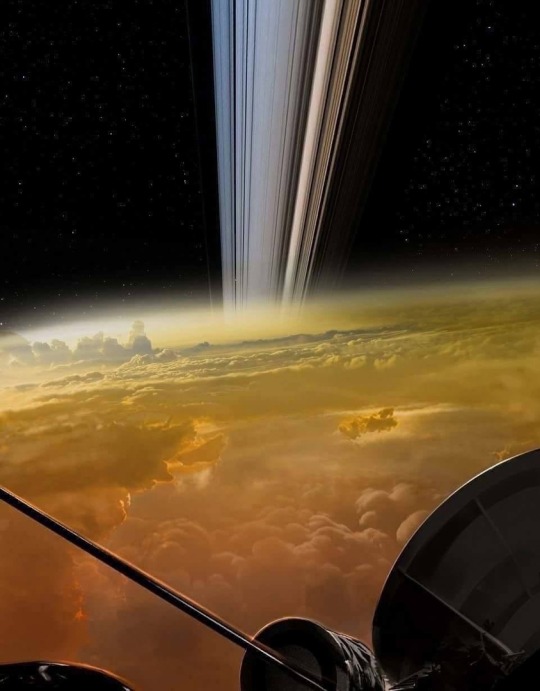
Cassini-Huygens Last Dives (Illustration).
NASA/ESA/JPL.
72 notes
·
View notes
Text
NASA’s Juno spacecraft camera images processing
Learn more on the Mission Juno websites: https://www.missionjuno.swri.edu / https://science.nasa.gov/mission/juno
Credit : NASA / JPL-Caltech /SwRI / MSSS / Jackie Branc
#photography#elloon#juno spacecraft#junocam#jupiter#Io#ganymede#astronomy#nasa#nasa photos#missionjuno#nasa jpl#caltech#SwRI#MSSS#astrophotography#planet#space#galileo#galilean moons
15 notes
·
View notes
Text

NASA/JPL-Caltech/Space Science Institute
Saturn's moon Titan shows off its atmosphere in this image captured by Cassini, as the spacecraft passed by at a distance of 900,000 miles (1.4 million km). Titan is unique among moons in our solar system, being the only moon with a thick atmosphere, which is comprised mainly of nitrogen, small amounts of methane, and trace amounts of carbon-rich compounds which rain down on Titan's surface.
Titan is one of the most promising places in our solar system to look for life, with what is suspected to be a large ocean of liquid water hidden beneath its surface. Life on Titan would be very different than on Earth, though, with rivers and lakes of liquid methane strewn across its surface, an atmospheric pressure 60 times that of Earth, and a surface temperature of -290 degrees Fahrenheit or -179 degrees Celsius.
Image description: The Cassini spacecraft captures the night side of Saturn's largest moon and sees sunlight scattering through Titan's atmosphere, forming purple and gray rings. Titan appears primarily black, with a sliver of yellow highlighted against its atmosphere and the blackness of space.
18 notes
·
View notes
Photo
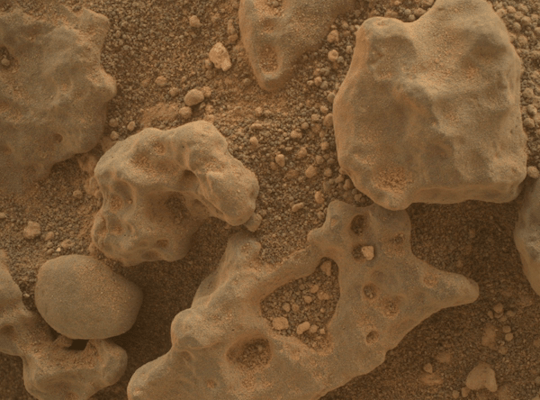
SOL - 3637
Visualization: Vladimir Jankijevic
Credit: Courtesy NASA/JPL-Caltech - https://mars.jpl.nasa.gov
#Mars#Red planet#Space#Planet#Science#Astronomy#Geology#Caltech#JPL#NASA#msl#MAHLI#Curiosity#Rover#3D#Animation#Vladimir Jankijevic
39 notes
·
View notes
Photo

Titan, Saturn’s largest moon, looks quite small in comparison to the giant planet behind it in this natural color view from the Cassini-Huygens spacecraft. This image from Aug. 29, 2012, also shows seasonal changes occurring on Saturn; as spring comes to the northern Saturnian hemisphere, the azure blue seen fades, while winter in the south adds a bluish hue. This phenomenon is likely due to shifts in the intensity of ultraviolet light and the haze it produces.
Image Credit: NASA/JPL-Caltech/Space Science Institute
* * * *
“On Titan the molecules that have been raining down like manna from heaven for the last 4 billion years might still be there largely unaltered deep-frozen awaiting the chemists from Earth”
― Carl Sagan, Pale Blue Dot: A Vision of the Human Future in Space
#Titan#Saturn#planets#NASA/JPL-Caltech/Space Science Institute#quotes#Carl Sagan#Pale Blue Dot#space
43 notes
·
View notes
Text

"Hand of God"
Can you see the shape of a hand in this new X-ray image?
The hand might look like an X-ray from the doctor's office, but it is actually a cloud of material ejected from a star that exploded.
NASA's Nuclear Spectroscopic Telescope Array, or NuSTAR, has imaged the structure in high-energy X-rays for the first time, shown in blue.
Image credit: NASA/JPL-Caltech/McGill
#art#cosmos#cosmic#universe#blast#space#photography#god#hand#x-ray#nasa#cloud#NST#NuSATR#hight energy#pulsar#nebula#chandra#JPL-caltech#McGill
79 notes
·
View notes
Text
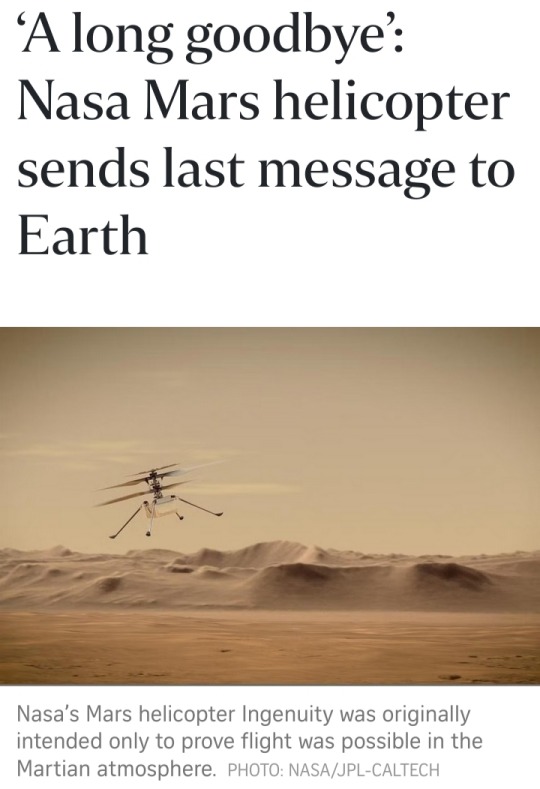
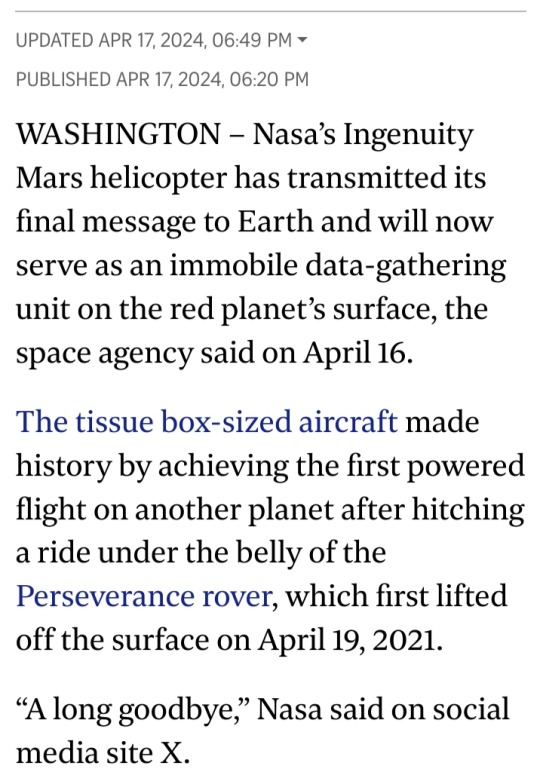

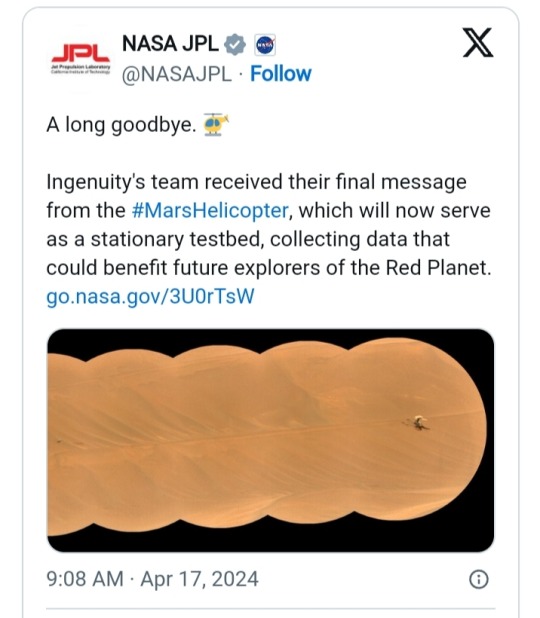

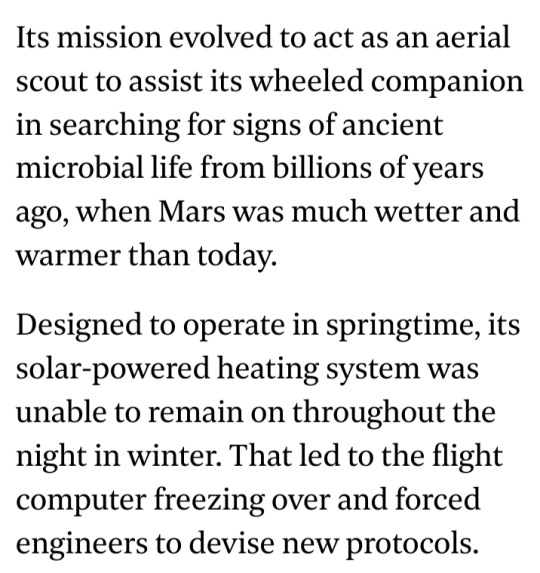

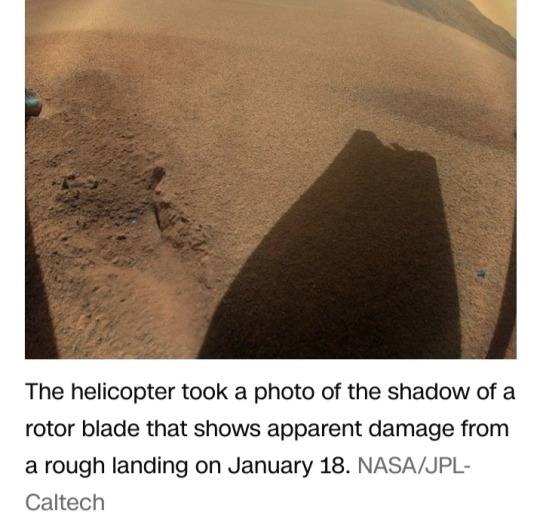

#Ingenuity#NASA#Mars#Earth#Perseverance#Mars Helicopter#stationary testbed#Martian rocks#JPL-CALTECH#red planet#sand ripples#space flight#long goodbye
1 note
·
View note
Text
Eclipses para estudiar exoplanetas alrededor de sus estrellas anfitrionas
Una nueva y emocionante investigación realizada por astrónomos a descubierto un cielo lleno de estrellas eclipsadas por sus exoplanetas gigantes gaseosos.
¿Ese cielo nocturno estrellado? Está lleno de eclipses.
@NASA_ Nuestra estrella, el Sol, en ocasiones une fuerzas con la Luna para ofrecernos a los terrícolas un espectacular eclipse solar, como el que será visible en partes de Estados…
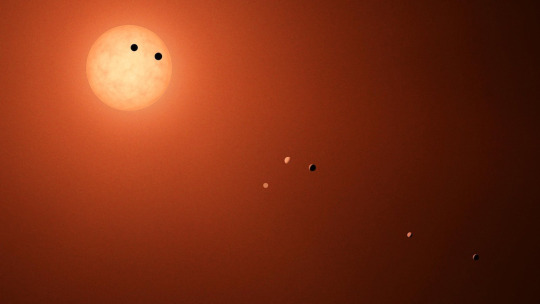
View On WordPress
#Eclipses#Exoplanetas#Exoplanetas gigantes gaseosos#Exoplanetas similares a la Tierra#JPL-Caltech#NASA#telescopio espacial james webb#Tess#Universo
0 notes
Text

Mars
Credit: NASA/JPL-Caltech
6 notes
·
View notes
Text

Helix Nebula
(Image credit: NASA/JPL-Caltech/Univ.of Ariz.)
30 notes
·
View notes
Text

2 notes
·
View notes